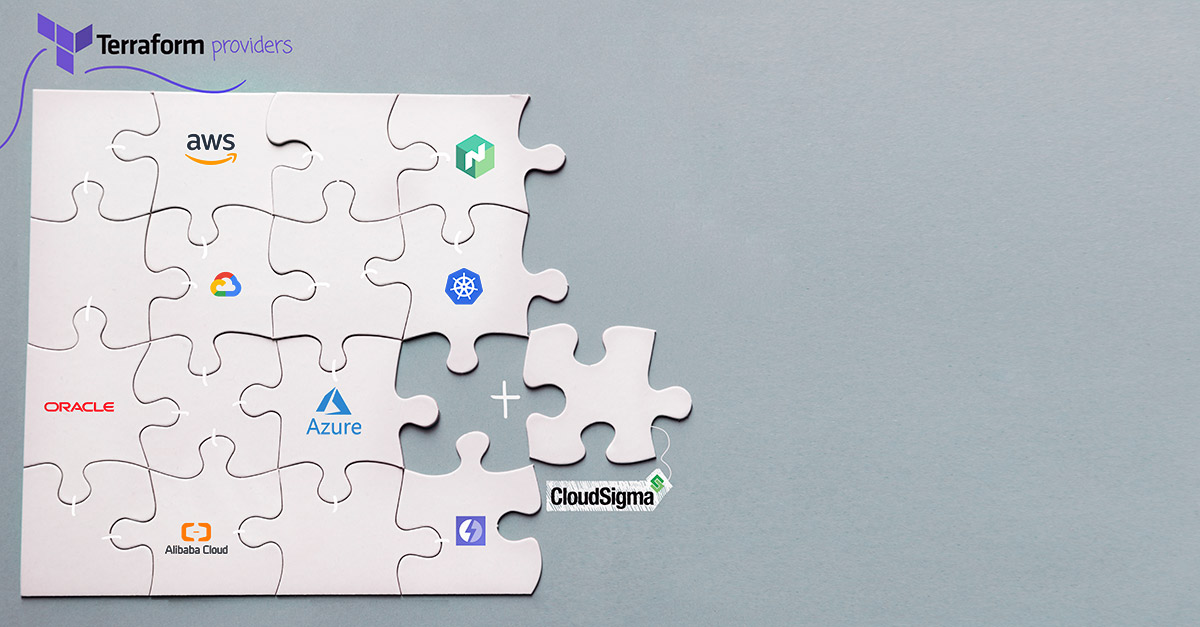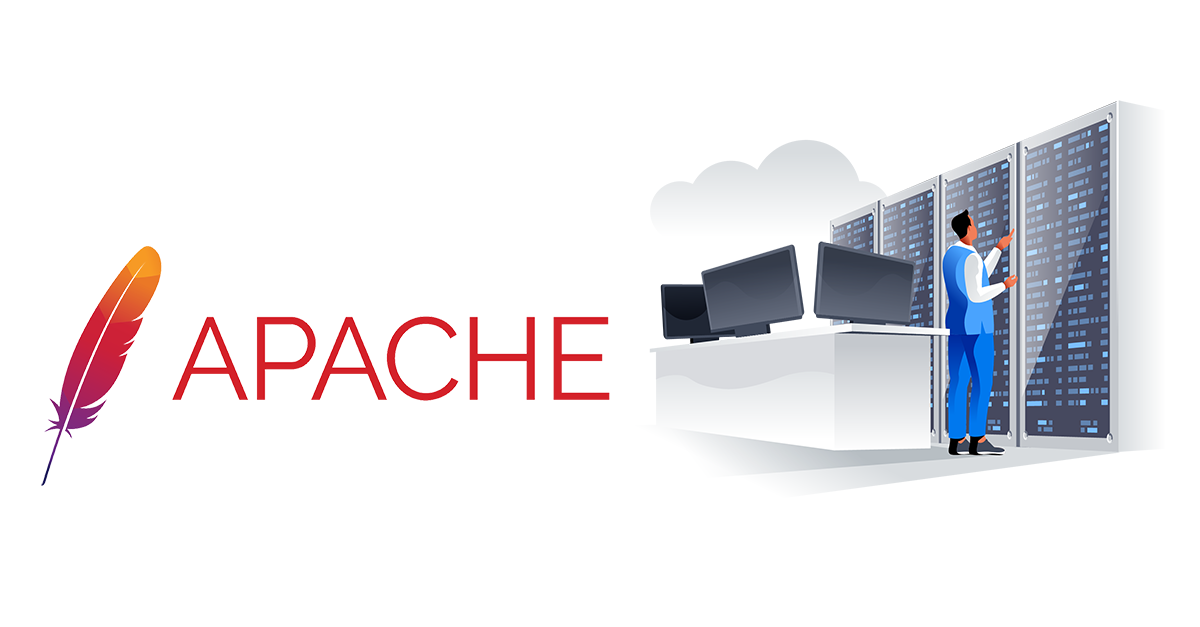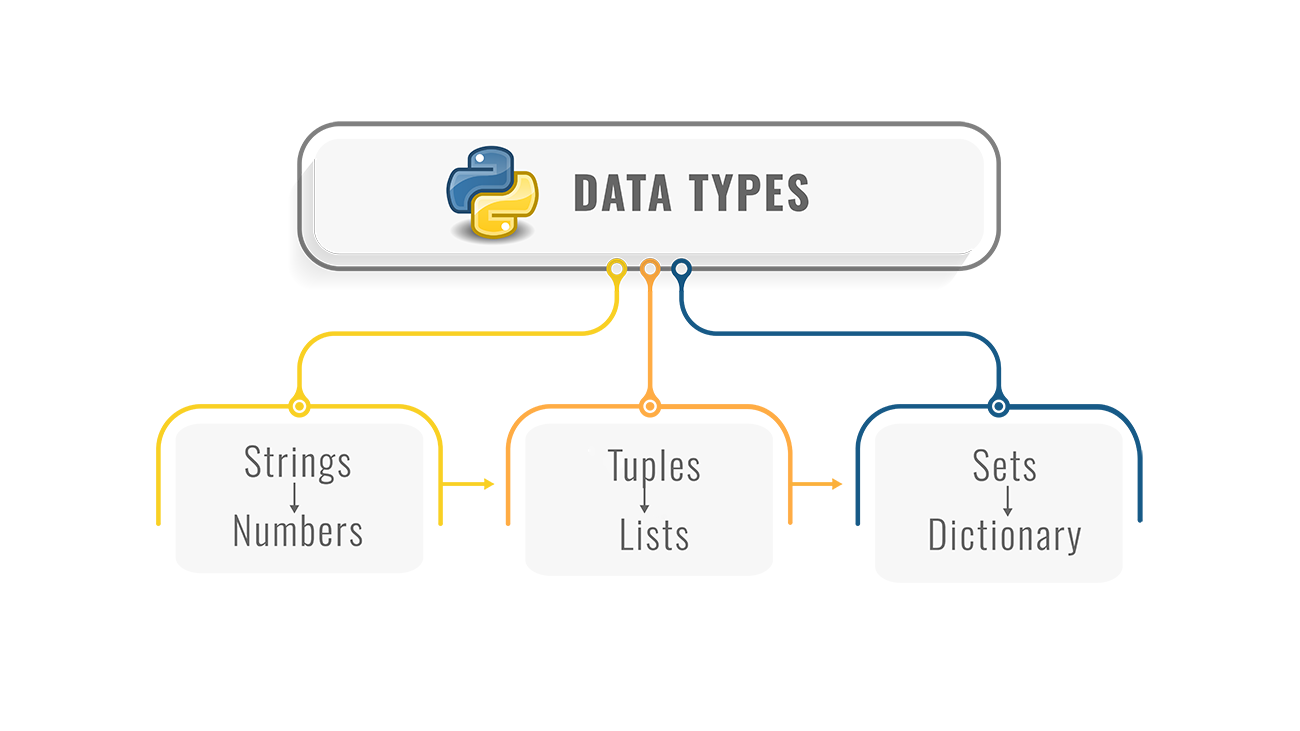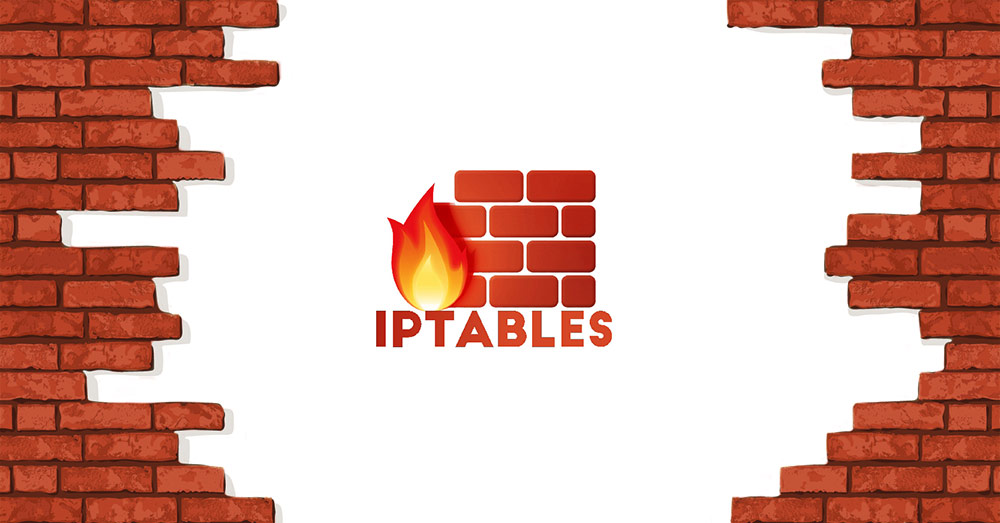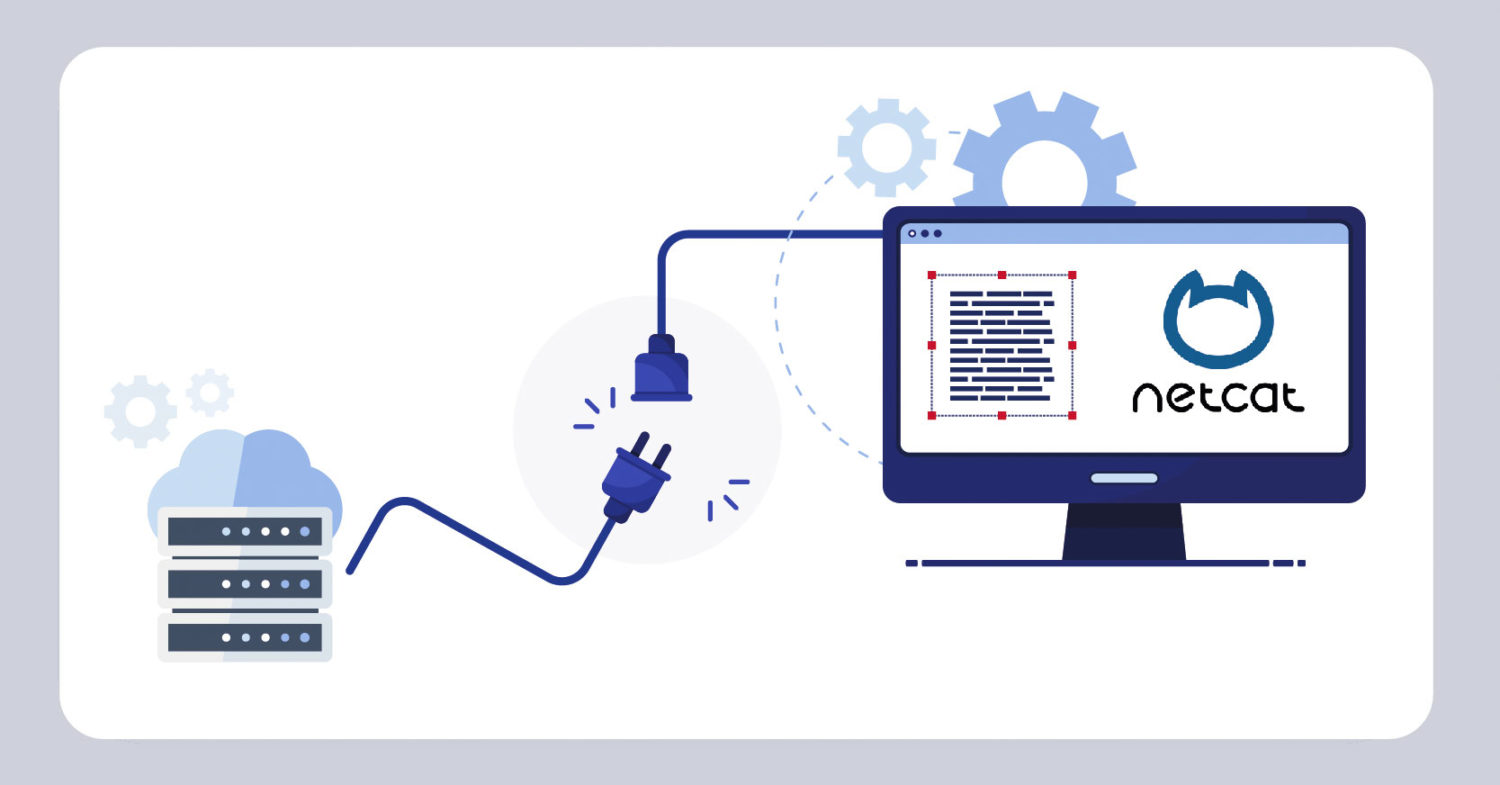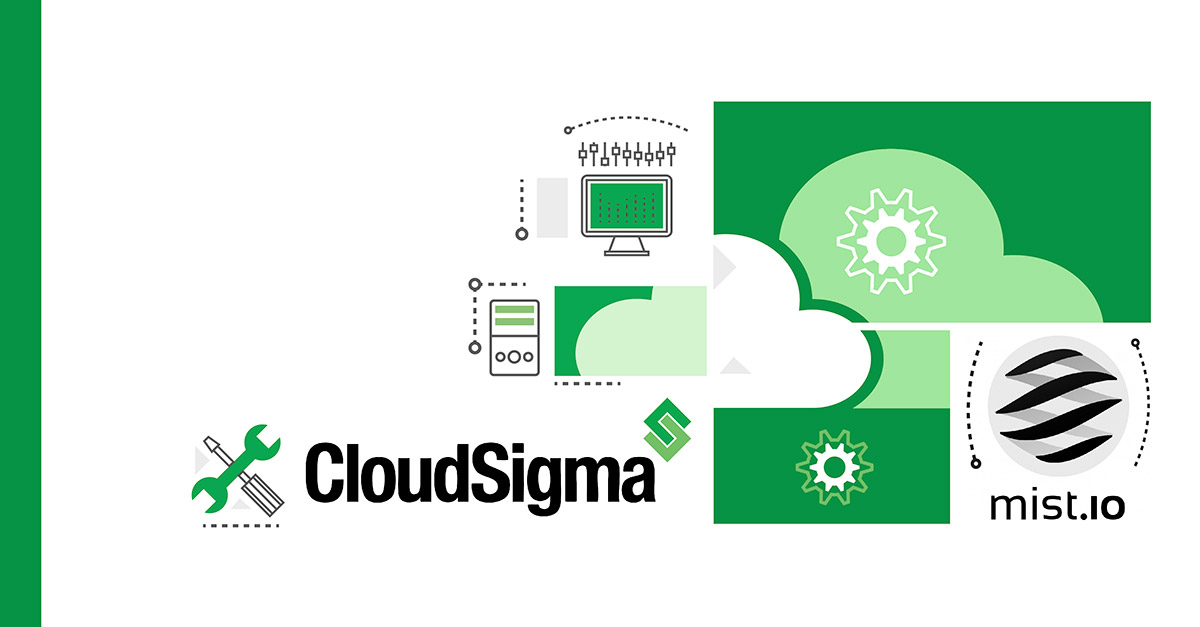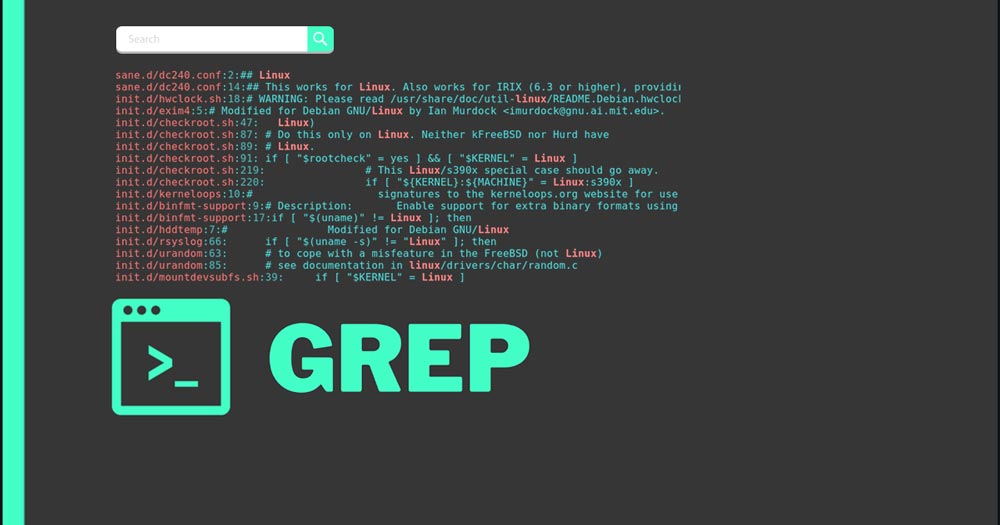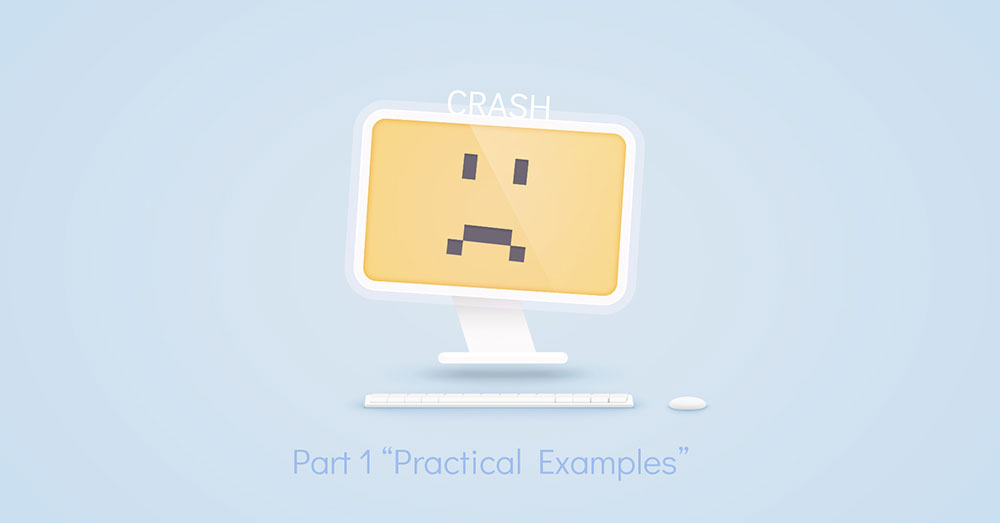We are excited to announce that we have completed our coverage as part of the Terraform ‘infrastructure as code’ driver. As such, CloudSigma is now an official provider on their platform. If you’re not already familiar with Terraform, this blog post will outline the top reasons why you should use it. About Terraform Terraform is a powerful open-source configuration management …
A Guide on the mod_proxy Extension: Using Apache as a Reverse Proxy
Introduction Third-party extensions are extremely helpful additions. These make your experience of configuring and working with a server, such as Apache HTTP, much simpler and more facilitative. In a time of need, you can even use some of these modules in Apache to run a reverse proxy. You can either remove a layer from your server setup or you can …
Python 3: A Guide on Converting Data Types
Introduction Python is a programming language that is often used for system integration purposes. This language uses something called ‘data types’. These data types help classify or define a given type of data. This means that a particular data type pertains to specific values and operations that you can apply to it. Each data type is programmed and edited in …
Loops in Python 3: Using Break, Continue, and Pass Statements
Introduction There are two types of loops that you can employ in Python 3. You have for loops and while loops. You can use them for repeat tasks. As a result, the repetitive tasks will happen automatically, making the process more efficient. Unfortunately, your loops can encounter some problems. At times, your program may run into an issue where you …
What a research project needs from a cloud provider is scalability and excellent technical support
The OCRE Project The Open Clouds for Research Environments project (OCRE) aims to accelerate cloud adoption in the European research community. It does so by bringing together cloud providers, Earth Observation (EO) organizations, and the research and education community. Cloud-based services can offer the European research community a wealth of powerful tools. Unfortunately, for many researchers, these are currently out …
Installing phpBB on Ubuntu 20.04
PhpBB stands for “PHP Bulletin Board.” It’s a free flat-forum bulletin board software solution. It’s licensed under the GPL license as free and open-source software. PhpBB can instantly establish a dedicated space for people to gather and communicate. It also supports popular database engines (MySQL, Oracle Database, SQLite, PostgreSQL, etc.), flat message structures, hierarchical sub-forums, user groups, full-text search, plugins, …
Configuring an Iptables Firewall: Basic Rules and Commands
Introduction Iptables is a command-line firewall utility. This means that it is software that allows you to configure a firewall on your system. It is typically available by default on Linux systems. In this guide, we will discuss some of the common rules and commands that go with the iptables firewall. Whenever a connection tries to establish itself with your …
Netcat Utility on Linux: Testing TCP/UDP Connections on a VPS with Netcat
Introduction One of the biggest advantages of using Linux is the plethora of helpful utilities it provides. The in-program features are usually sufficient for most programmers to do their work. This means that most of the time, you will not need to download external programs and software. The built-in tools will provide you enough utility. Among these helpful features is …
Find your favorite cloud hosting platform now on Mist
Cloudsigma has partnered with the open-source multi-cloud management platform Mist to provide users with the ease to manage multiple accounts across regions from a single window. Further, existing Mist users can diversify their multi-cloud and hybrid setups to include the reliability and ease of CloudSigma’s infrastructure. We are currently supporting the following operations with Mist: Get the list of the …
Using Grep and Regex to Search Text Patterns
The grep command is a powerful utility to search for patterns in text. It comes pre-installed in any Linux distro. Here is our tutorial that goes over setting up the LAMP Stack -Linux, Apache, MySQL, and PHP. The name grep stands for global regular expression print. The tool searches for the specified pattern in the input. In principle, it sounds …
How to Configure a Linux Service to Auto-Start After a Reboot or System Crash: Part 2 (Theoretical Explanations)
In this second installment of the two-part tutorial on configuring Linux services to start automatically after a reboot or system crash, we will discuss the init system in detail. You can refer to Part 1 of the series: How to Configure a Linux Service to Auto-Start After a Reboot or System Crash: Practical Examples here. The current tutorial will be …
How to Configure a Linux Service to Auto-Start After a Reboot or System Crash: Part 1 (Practical Examples)
Introduction In computing, things don’t always go as planned. Oftentimes unexpected system crashes prompt system admins to initiate reboots and restart of individual services. Figuring out and restarting every service your application needs to run after a system crash or reboot can be tedious. In this first installment of the two-part tutorial, we will show you how to configure services …






